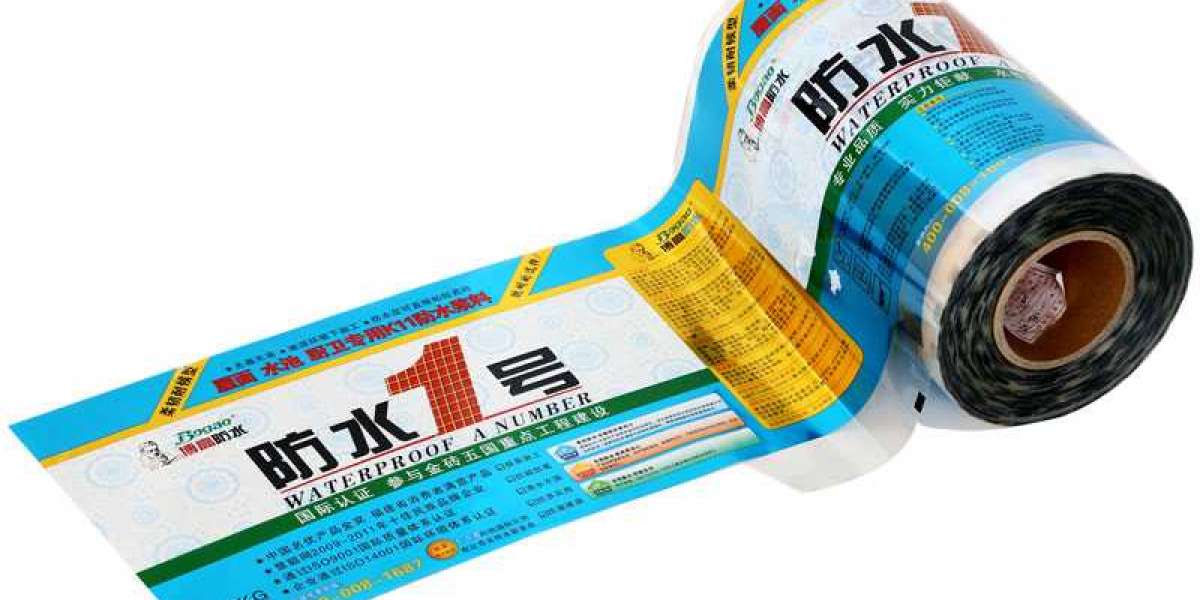The hot stamping machine or imprinters, often referred to as hot foil coders, utilize simple and reliable mechanical technology. It is a process in which heated type is pressed firmly against the item you are printing with a ribbon/foil between. The ribbon/foil transfers pigment from a polyester carrier onto the product. It can produce a high quality, permanent smudge-resistant mark. Hot stamp machines are typically used to mark non-variable codes such as date codes, lot numbers, expiration dates and product codes on labels or packaging.
Hot stamp coders feature engraved or cast type characters, dies or wheel numbering units – typically made out of metal or silicone. To change the code, the machine operator must manually change the type characters or slugs. This is a relatively easy task and can be easily achieved with basic training.
To make the mark, the block of characters/logo is heated and then stamped down by means of pneumatic air pressure. The raised surface of the characters makes contact with the pigmented foil/ribbon, pressing it onto the surface of the substrate. The result is a clean code.
The hot stamping process involves heating up a die or engraved image and then forcing it down against an item with a marking foil in between. The foil is transferred wherever the die meets the item. Most printers use a hot stamping machine for plastic, but it is also effective for paper and wood. While the process is longer and more expensive than screen printing, it has a number of advantages. It’s a dry process, which reduces the risk of mixed inks and bleeding. Hot foil stamping is also incredibly long-lasting – the design and color will stay true through conditions that would ruin lesser prints.
If you are interested in fully automatic heat transfer printing machine, welcome to visit https://www.gbao.com/.



